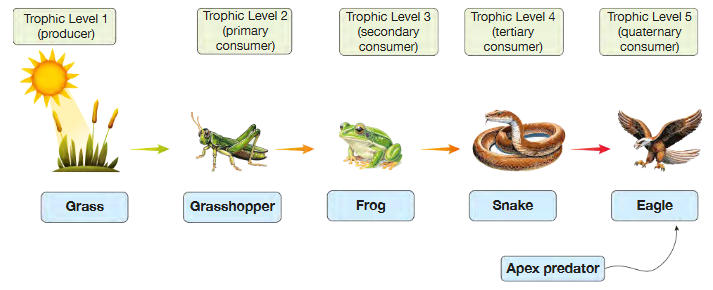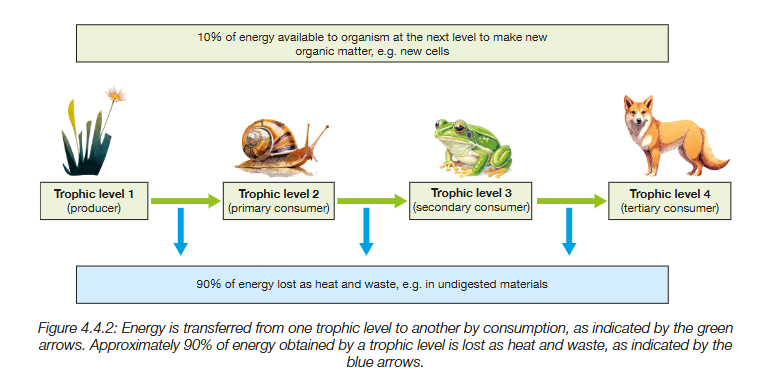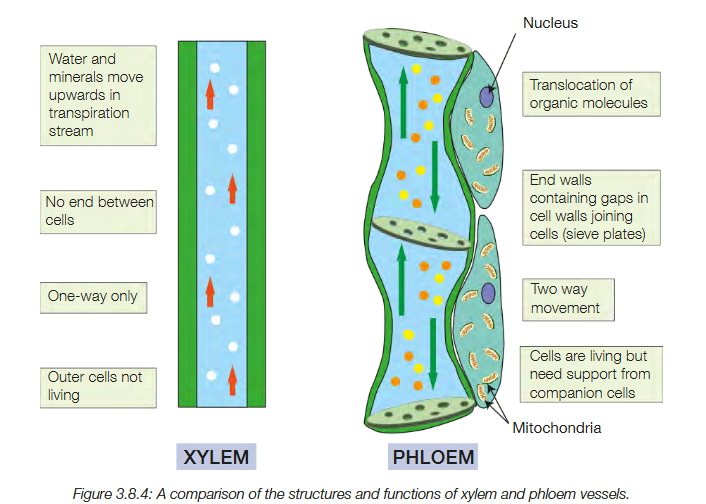Biology Exam Revision
1/20
There's no tags or description
Looks like no tags are added yet.
Name | Mastery | Learn | Test | Matching | Spaced |
|---|
No study sessions yet.
21 Terms
Explain the 1st process of protein synthesis (also referred to as gene expression)

Transcription
RNA polymerase (enzyme - protein) binds to DNA near the gene that is to be transcribed, at the promoter region
After binding the RNA polymerase unwinds the DNA double helix, exposing 1 strand of the DNA
RNA polymerase moves along the template strand to synthesise a complementary mRNA molecule - URACIL NO THYMINE so Adenine is complementary to Uracil on mRNA
The mRNA molecule is a working copy of the gene that travels out of the nucleus to a ribosome, where it can be translated
Explain the 2nd process of gene expression (also referred to as protein synthesis)

Translation
mRNA (messenger RNA) is transported out of the nucleus to ribosomes in the cytoplasm
Ribosomes move along the mRNA strand, assembling amino acids in a specific order with the tRNA molecules (transfer RNA), forming a polypeptide
The polypeptide chain or multiple of them then fold into a precise 3D shape to form a functional protein
Why is protein synthesis broken up into 2 distinct processes?
The DNA is too big - mRNA is smaller allowing it to fit thru nuclear pores
To protect the genetic material from damage
What are buzz words for a SHE question with the concept influence?
Advances in scientific understanding
influence/influenced
other areas of science and tech
acceptance and use of scientific knowledge
social, economic, cultural, and ethical considerations
HOW DOES IT BENEFIT OR DISADVANTAGE PPP
What is the difference between polypeptide chains and proteins?
Protein - made up of 1 or more polypeptide chains precisely folded in a 3-D shape
Polypeptide chain - single chain of amino acids linked tgt by peptide bonds
What are the buzz words for SHE questions with the concept communication and collaboration?
Communication:
clear communication
international conventions
global enterprise
review and verification of results
Collaboration:
collaboration
between scientists, governments and other agencies
required in scientific research
HOW DOES IT BENEFIT OR DISADVANTAGE PPP
What are the buzz words for SHE questions with the concept development?
Development
wide range of evidence from many sources/disciplines
complex scientific models and/or theories
efficiency of scientific procedures/data collection/ analysis
modify or replace models, theories, and processes.
HOW DOES IT BENEFIT OR DISADVANTAGE PPP
What are the buzz words for SHE questions with the concept applications and limitations?
Application:
Public debate
Design action for sustainability
Insufficient data
Limit possible conclusions
weakness
Monitoring and evaluation of risk
Develop solutions
HOW DOES IT BENEFIT OR DISADVANTAGE PPP
What is the structure your SHE question answers should follow?
Point and evidence (1 mark) - statistics/identify a strong piece of evidence
Link to PPP in at least 1 way and explanation (1 mark)
When 3 marks double up on either one.
If 1 mark just explain and make a point.
Explain the carbon cycle

Carbon enters atmosphere by breathing, burning fuels, decay
Plants absorb CO2 for photosynthesis, release oxygen
Animals eat plants/others, pass carbon through food chain
Decomposers break dead organisms, return carbon to air/soil
Carbon stored as fossil fuels/sediments, released when burned
What is an adaptation?
A feature of an organism that increases its fitness - the probability of the organism surviving and reproducing
What are the 3 diff types of adaptations?
Structural
e.g. Basilisk lizard - increases SA of its feet - using fringing between toes - walks on water if it detects a threat or promising food source
Behavioural
e.g. SA 3-toed sloth moves slow - conserves energy - predators find them hard to spot
Physiological
e.g. SA 3-toed sloth - slow metabolic rate - low energy diet of leaves
What is biodiversity?
The variety of all living things and includes diversity in genetics, species, and ecosystems
More stable ecosystems

Arrows - in direction of energy flow
Decomposers - typically fungi or bacteria


Trophic level 1 - producers (autotrophs)
Trophic level 2 - primary consumer (herbivores)
Trophic level 3 - secondary consumer (carnivores or omnivores that eat herbivores)
Trophic level 4 - tertiary consumer (carnivores that eat secondary consumers - other carnivores)
Trophic level 5 - quaternary consumer (carnivores that eat tertiary consumers)
Apex predator - the last trophic level of that food chain with no natural predators (not inc. humans)
Decomposers - typically fungi or bacteria
only 10% of energy available to organism at the next level to make new organic matter - as 90% of energy is lost as heat and waste (e.g. undigested materials)
Trophic levels typically do not extend past 5 due to the significant energy loss at each level
Arrows - in direction of energy flow
What are the types of ecological succession? Explain them
Primary succession
Starts with lifeless bare rock exposed by natural processes - lacks soil (e.g. glacier retreat).
Pioneer species (lichens and mosses) colonize first as the wind deposits spores.
These organisms build up simple soil by decomposing.
Small plants grow next (e.g. grass), stabilizing and enriching soil.
Shrubs and animals colonize as soil improves.
Larger plants and trees grow as soil deepens overtime.
The area transforms into a mature, species-rich ecosystem known as a climax community.
Secondary succession
Occurs after disturbance in an existing ecosystem (e.g. wildfire).
Soil remains intact and nutrient-rich.
Pioneer plants like wind-blown herbaceous species grow quickly.
Shrubs, small trees, and animals colonize next.
Ecosystem gradually stabilizes into a mature climax community.
Happens faster than primary succession due to existing soil and life.
This process restores ecosystems after damage but involves different species arriving and competing, sometimes resulting in a community that differs from the original.
What is an ecological niche?
The specific role or function that an organism plays within its ecosystem and is defined by living and non-living factors.
Fundamental - The full range of environmental conditions and resources where a species could survive and reproduce, assuming there are no limiting factors (e.g. competition & predation)
Realised - the actual range of environmental conditions and resources that a species uses in a real-world ecosystem, considering the limiting factors (e.g. competition & predation)
What is the impact of an introduced species on an ecosystem?
Invasive species compete with native species for habitat and resources, often leading to the decline or extinction of native species - disrupting food chain
They can occupy similar ecological niches but usually have advantages like faster reproduction, lack of predators, or wider diets.
Their presence decreases biodiversity by reducing the variety and abundance of native plants and animals.
Impacts: biodiversity/agriculture
e.g. Cane Toads
Introduced in 1935 to control cane beetles, cane toads failed in pest control.
They spread widely in Australia with no natural predators.
Their toxic skin kills native predators like quolls and goannas.
This causes sharp declines in predator populations, disrupting ecosystems.
Cane toads compete with native species for food and habitat.
They alter population dynamics, indirectly affecting other species.
Control efforts focus on preventing access to water and trapping tadpoles.
What are Xylem?
Transport vessel that is arranged in vascular bundles (along with phloem)
Unidirectional passive Transport of water and minerals to other parts of the plant
Transpiration stream - continuous upward flow of water
Structure:
Long, hollow tubes consisting of dead fused cells (no cell contents)
Arranged end to end with no cell walls between - forms a continuous tube
Tough walls - contain lignin (deposited in spiral shape to allow xylem to remain flexible)- thickens the vessel - helps xylem withstand the pressure of water movement
What are phloem?
Transport vessel that is arranged in vascular bundles (along with xylem)
Bidirectional transport of organic materials (e.g. sucrose and amino acids) synthesised by the plant - requires energy
Transported to growing parts of the plants or storage organs (e.g. tubers) thru process of translocation
Structure:
Living cells (no nuclei)
Cells contain porous sieve plates at their ends, allowing cytoplasm to connect between adjacent cells and enabling molecule movement.
Each sieve tube is attached to one or more companion cells that provide this energy
What is the difference between Xylem and Phloem?
